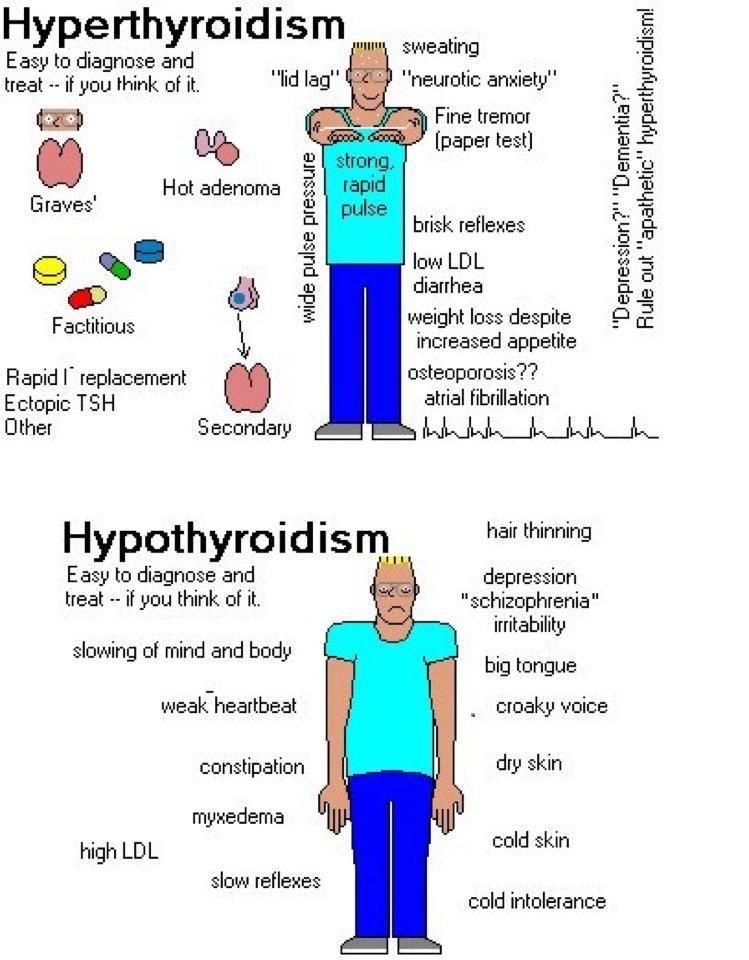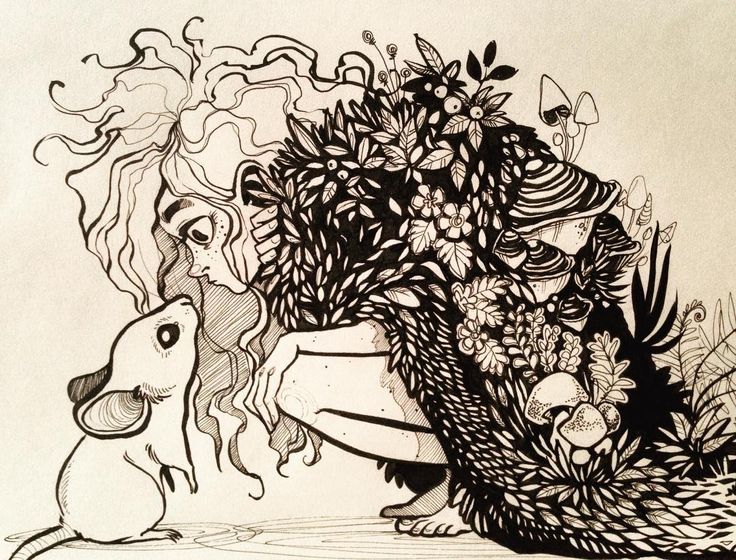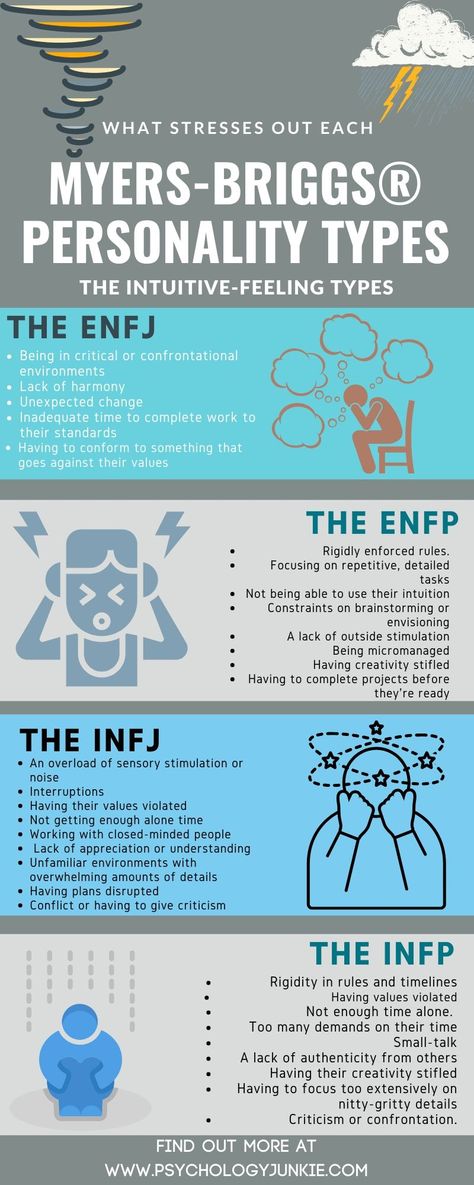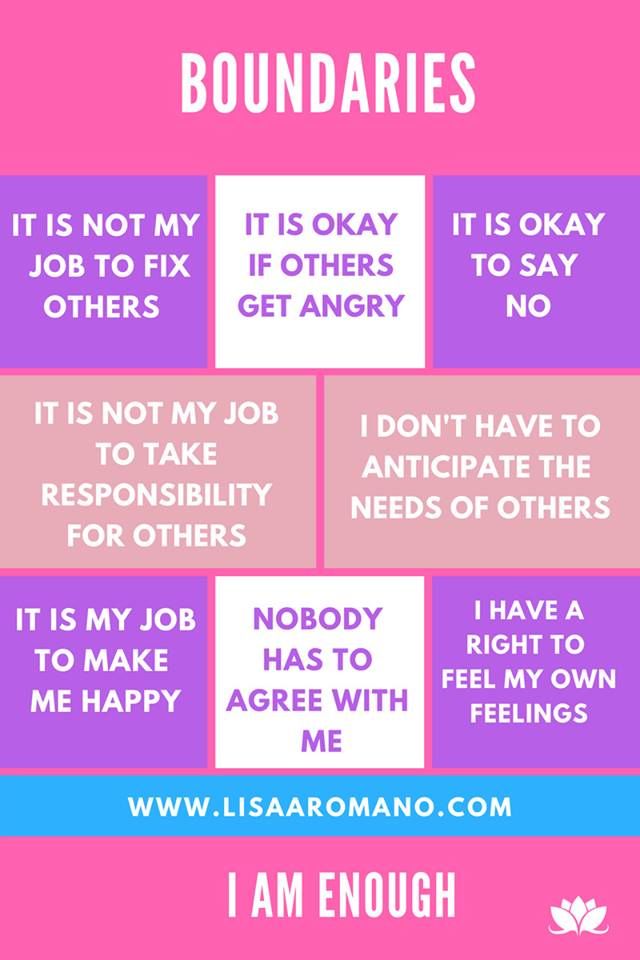Body tremors from anxiety
How to Stop the Anxiety Shakes and When to Seek Help
Content
- Overview
- Why does your body shake when you are anxious?
- When does shaking from anxiety become a real problem?
- Is it anxiety or a panic attack?
- Techniques to help with panic attacks
- Treatments to help with anxiety or panic disorder
- The lowdown
Have you considered clinical trials for Anxiety?
We make it easy for you to participate in a clinical trial for Anxiety, and get access to the latest treatments not yet widely available - and be a part of finding a cure.
Check your eligibility
Your body goes into what's known as a "fight, flight, or freeze" response when it's subjected to stress and anxiety. This response is how your body reacts naturally to danger. It helps you react to a perceived threat or life-threatening event¹ in order to keep you safe.
During this response, your body becomes flooded with stress hormones, such as epinephrine and cortisol. Your heart rate, breathing, and blood pressure all increase as your body prepares itself to deal with the stressor. In this situation, your body and brain interpret anxiety as a signal to either escape from danger or stand your ground. This primes your muscles to act, which leads to shaking or trembling.
Shaking is a natural physiological response to stress. Through evolution, it developed to help people recognize dangerous situations so that they could escape or defend themselves.
This is why when you face stressful situations in modern life, you get nervous due to this built-in evolutionary response. As you’re facing a situation that's dangerous, scary, or exciting for you, it's natural for you to feel anxious.
The issue isn't the anxiety or the shaking itself. The issue is when you can't control the anxiety you are feeling, even when you're not even facing a stressful situation, in which case you may have an anxiety disorder.² People with an anxiety disorder may find they shake even without being in a dangerous situation. Types of anxiety² that can cause shaking include:
Types of anxiety² that can cause shaking include:
Generalized anxiety disorder (GAD)
If you have a generalized anxiety disorder (GAD), you are likely to experience excessive worry or anxiety that you are unable or find difficult to control most days for a minimum of six months. The anxiety could be about:
Symptoms include restlessness, irritability, muscle tension, fatigue, difficulty concentrating, or sleep problems. You may also experience shaking in conjunction with anxious thoughts even if there isn’t a clear trigger.
Panic disorder
If you have panic disorder, you may find yourself frequently worrying about when you will experience another panic attack. You actively try to avoid future attacks by avoiding situations, behaviors, or places you associate with panic attacks. Shaking might occur before, during, or after a panic attack.
Post-traumatic stress disorder (PTSD)
With Post-traumatic stress disorder (PTSD), you are living with the chronic effects of trauma and coping with unprocessed traumatic memories.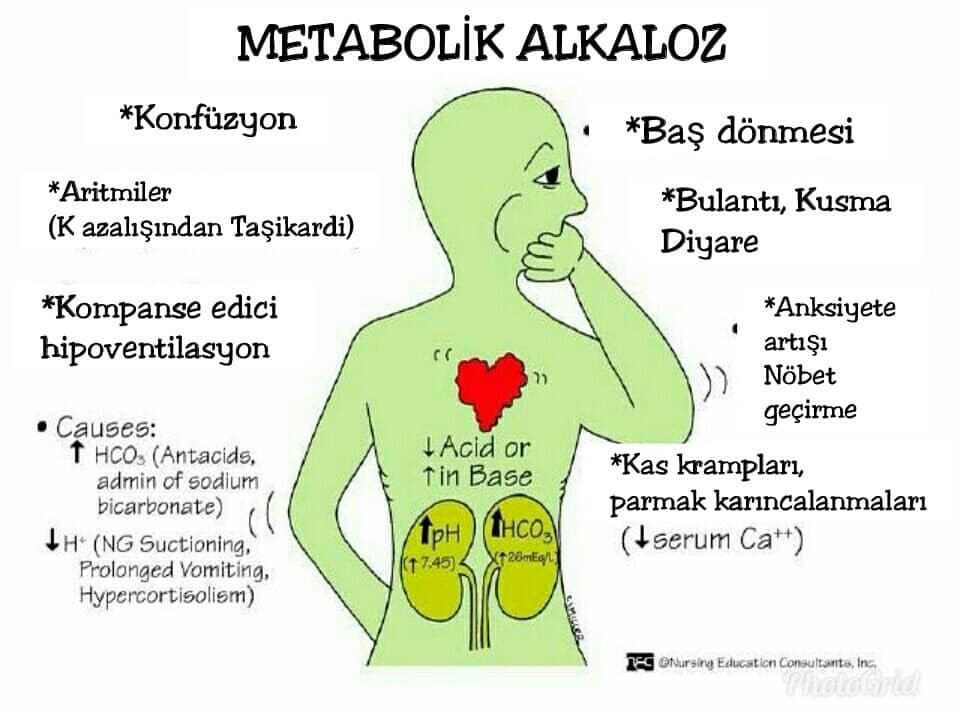 This makes you on alert for ongoing threats or attacks.³ PTSD can lead to physiological changes in the body and its response to the surrounding environment. For instance, you may feel hypervigilant and startle easily. You can start to shake in response to being startled, feeling threatened, or encountering a situation that triggers memories of past trauma.
This makes you on alert for ongoing threats or attacks.³ PTSD can lead to physiological changes in the body and its response to the surrounding environment. For instance, you may feel hypervigilant and startle easily. You can start to shake in response to being startled, feeling threatened, or encountering a situation that triggers memories of past trauma.
When you feel a sudden rush of intense emotion or nerves, it's likely your body responding to a situation. You might experience nausea, sweating, or shakiness, among other symptoms. If this is your first experience, you may be wondering if you're experiencing anxiety or a panic attack.
Anxiety and panic attacks are two different conditions.⁴
GAD is often characterized by anxiety or worry about future events, anticipating a negative outcome. Symptoms include general uneasiness and muscle tension and the onset is typically gradual. On the other hand, panic attacks are short bursts of extreme fear that come on suddenly and are characterized by symptoms⁵ including:
Brief chest pain
Increased heart rate
Shortness of breath
Nausea
Fear of dying
Temperature changes, either hot or cold
Panic attacks are triggered by an extreme fear response to a perceived threat occurring right at that moment. The body’s "fight-or-flight" response makes you hardwired to handle immediate danger. Panic attacks typically last less than 30 minutes and can occur once or repeatedly.
The body’s "fight-or-flight" response makes you hardwired to handle immediate danger. Panic attacks typically last less than 30 minutes and can occur once or repeatedly.
The shaking caused by a panic attack tends to pass as the attack ends. However, if you're wondering how to stop shaking from anxiety, you can try techniques including the following:
Deep breathing – Slow, deep breaths can help to bring a sense of calm and reduce hyperventilation.
Exercising – Exercise releases pent-up energy and reduces muscle tension to ease physical stress, and distracts your brain from anxious feelings.
Progressive muscle relaxation – This is a technique⁶ where you tense different body muscles to release the tension in each one.
Yoga – Regulate your breathing and calm your body through a variety of flowing poses. Regularly practicing yoga can help decrease your symptoms of anxiety.
Meditation – This is a practice of focused concentration that brings your mind back to the present moment and allows you to acknowledge your current feelings, whether positive or negative.
 Meditation can work to reduce feelings of anxiety by also incorporating deep breathing.
Meditation can work to reduce feelings of anxiety by also incorporating deep breathing.
A Guide To Meditating For Anxiety
Other anxiety or panic disorder treatments can provide a long-term solution, including:
Psychotherapy – Through cognitive behavioral therapy (CBT), you work with a therapist to recognize unhelpful thought and behavior patterns that perpetuate anxiety, and learn to challenge and modify them. You will also learn specific relaxation, distraction, and exposure strategies to manage panic. Dialectical behavioral therapy (DBT) works on enhancing emotional regulation, managing distressing emotions, and learning mindfulness strategies.
Medications – If you experience panic attacks or anxiety frequently, you may want to talk with your doctor about medication. Your doctor may prescribe benzodiazepines, antidepressants such as SSRIs (which also have evidence in anxiety), or beta-blockers like propranolol.

What You Need to Know About Your Anxiety Medication
If you're experiencing shaking and any other physical symptoms of anxiety and/or panic attacks, remember that i's just your body's natural “fight-or-flight” response to a stressful situation.
However, while shaking from anxiety isn't dangerous, that doesn't mean you have to deal with it. There are effective treatments, including relaxation techniques, therapy, and medication. Talk with your doctor to get a treatment plan for managing the shaking and easing your anxiety overall.
Anxiety Shaking: Causes and Treatments
We include products we think are useful for our readers. If you buy through links on this page, we may earn a small commission. Here’s our process.
Anxiety and worry are emotions everyone feels at some point. Approximately 40 million American adults have anxiety disorders.
Feelings of anxiety can trigger other symptoms, such as:
- muscle tension
- difficulty concentrating
- increased heart rate
- uncontrollable shaking or trembling
Tremors caused by anxiety aren’t dangerous, but they can be uncomfortable.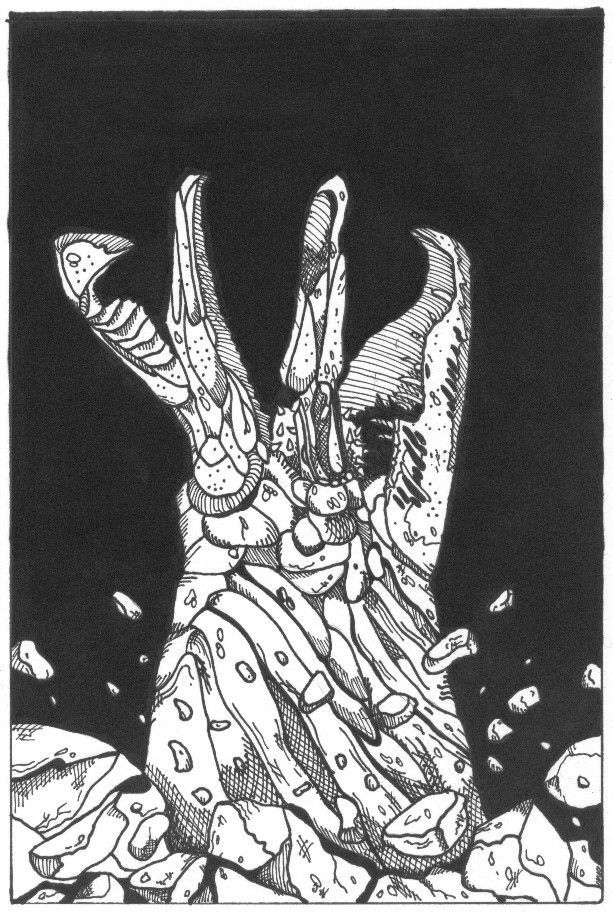 Sometimes losing control of your body when you’re having anxiety can quickly escalate into other symptoms.
Sometimes losing control of your body when you’re having anxiety can quickly escalate into other symptoms.
This article will explore the connection between shaking and anxiety, and leave you with some ideas for how to treat this symptom.
Panic disorder and anxiety that leads to attacks have some things in common, but they’re not the same condition. Both conditions can lead to physical symptoms that feel out of your control, including trembling and “the shakes.”
If you have generalized anxiety disorder, ordinary situations may make you feel intensely fearful or overwhelmed. You may find it hard to concentrate. You may also experience your mind going “blank” as the fear and worry from your thoughts take over.
In addition, headaches, muscle aches, and other pains you can’t explain may accompany your anxious thoughts.
Panic attacks don’t always have a clear cause. When you have panic attacks due to a certain trigger, it’s called an expected panic attack. That means they’re somewhat predictable.
The symptoms of a panic attack can be seen and identified by someone else, while the symptoms of anxiety take place mostly in your mind and may be harder to spot.
When you’re having severe anxiety, it can cause physical symptoms. Perceived stress, danger, and high levels of emotion usually set off anxiety. Anxiety can lead to a panic attack, but it doesn’t always.
Similarly, having a panic attack doesn’t mean that you have an anxiety condition.
When your body is subjected to stress, it goes into fight, flight, or freeze mode. Stress hormones flood your body and speed up your heart rate, blood pressure, and breathing.
Your body prepares to deal with the stressor, interpreting the anxiousness as a signal that you’ll need to stand your ground or escape from danger. Your muscles become primed to act, leading to a trembling sensation, twitching, or shaking.
Other symptoms of anxiety and panic disorder include:
- difficulty concentrating on anything besides anxious thoughts
- fatigue and muscle ache
- headache or migraine
- nausea, vomiting, or loss of appetite
- rapid breathing
- excessive sweating
- feeling tense, irritable, and “on edge”
Once you’ve determined that you’re having a panic or anxiety attack, fighting against your symptoms might make them last longer.
The most effective strategy to stop trembling from panic or anxiety is to guide your body back to a relaxed state. Certain techniques can help you calm down:
- Progressive muscle relaxation. This technique focuses on contracting and then releasing different muscle groups. It can be done in tandem with deep breathing. The goal in practicing this technique is to get your body to relax. This can stop you from trembling.
- Yoga poses. The child’s pose and sun salutations can help you regulate your breathing and bring calm back to your body. Regular yoga practice has been shown to reduce anxiety symptoms.
- Mindfulness exercises. Exercises that incorporate meditation can also help stop you from shaking. Mindfulness meditations to guide you through 5 to 10 minutes of awareness and relaxation. These can be found on apps, such as Headspace, and online.
Practicing these techniques when you’re not in a state of panic or anxiety will make them more effective when you need to use them.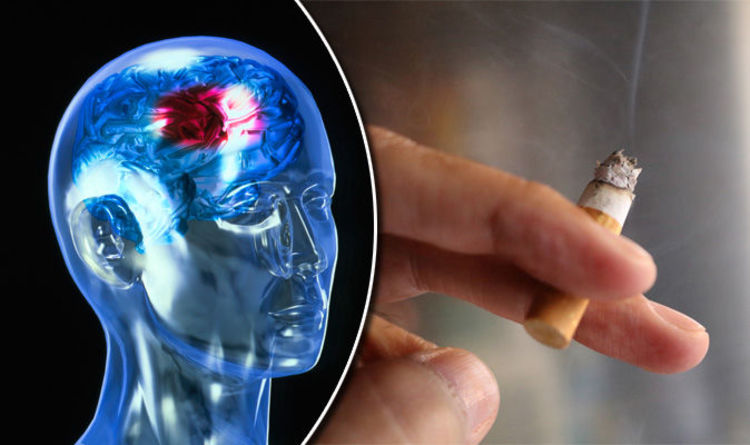
Long-term solutions for people with anxiety or panic disorder can include medication and help from a licensed therapist or psychiatrist. Several methods of therapy can help you identify the triggers of your anxious thoughts and feelings. These include:
- cognitive behavioral therapy (CBT)
- talk therapy
- eye movement desensitization and reprocessing therapy (EDMR)
If you frequently experience anxiety or panic attacks, you should speak to your doctor about medication treatment options. Those include:
- Benzodiazepines. These are drugs that help relax your mind and calm your body. Alprazolam (Xanax), chlordiazepoxide (Librium), and clonazepam (Klonopin) are examples of this class of drug used for short-term anxiety and panic relief. Both prescribers and patients should be aware that benzodiazepines are associated with a risk for tolerance, dependence, and addiction. The Food and Drug Administration requires that they carry a boxed warning.
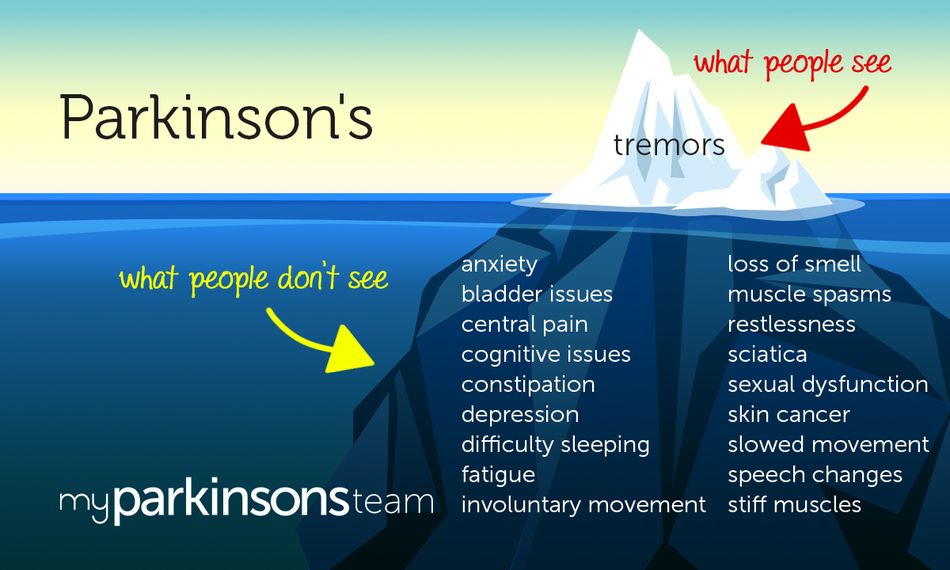
- Selective serotonin reuptake inhibitors (SSRIs). This is one class of drug that might be prescribed for long-term treatment. Escitalopram (Lexapro), fluoxetine (Prozac), and paroxetine (Paxil) are examples of this type of drug usually prescribed to treat depression and anxiety.
- Monamine oxidase inhibitors (MAOIs). MAOIs are used to treat panic disorder, but can work for anxiety, too. Dicarboxamide (Marplan) and tranylcypromine (Parnate) are examples of this type of medication.
Integrative treatments, like herbal teas and supplements, can cut down on anxiety and panic attacks for some people. More research needs to be done on herbal treatments to determine whether they’re effective.
Remember that herbal remedies aren’t necessarily better for your body than traditional medication. Herbals have properties that cause side effects and interactions just like medication does.
Online therapy options
Read our review of the best online therapy options to find the right fit for you.
Physical symptoms that feel out of your control can be frightening and make your anxiety feel even worse. The good news is that anxiety and panic can be helped with medication, therapy, and a proper diagnosis.
Make an appointment with your doctor if you’re experiencing anxiety-induced trembling or shaking.
How to calm the trembling of the body after a strong fear
The last days we all live in constant tension, and from terrible sounds in the streets the body begins to tremble. How to calm this reaction of the body to huge stress, says Elena Khil, a psychologist, trainer, and an expert in the psychology of communication, who studies the impact of empathy and emotional intelligence on psychological well-being and close relationships.
When you feel anxious, stressed, afraid, your body releases stress hormones that send out arousal energy so you can run away from danger or fight it. If you don't use this stored energy, it negates the trembling. Learning how to calm your nervous system when you're nervous can be done through stress reduction strategies.
Instagram: @hoskelsa
Naturally, when your whole body is trembling, you would like to be able to regulate this reaction and calm down. In addition, if you encounter such a manifestation for the first time, it is likely that it will cause you anxiety or even panic. This is a completely normal reaction to severe stress. Fear for your life and the lives of loved ones, explosions, disturbing news, shocking photos and videos keep the level of stress hormones in your body extremely high and overexcite your nervous system.
Unfortunately, there is no instant cure for uncontrolled jitter. However, there are practices that, during times of anxiety, gradually calm the nervous system and help reduce trembling. The first thing to do is to focus on the sensations in your body.
1. Pay Attention to Your Breathing
When you are worried or afraid and begin to tremble, your body releases adrenaline. This is a defensive biological reaction that can make you feel like you are not in control of your body.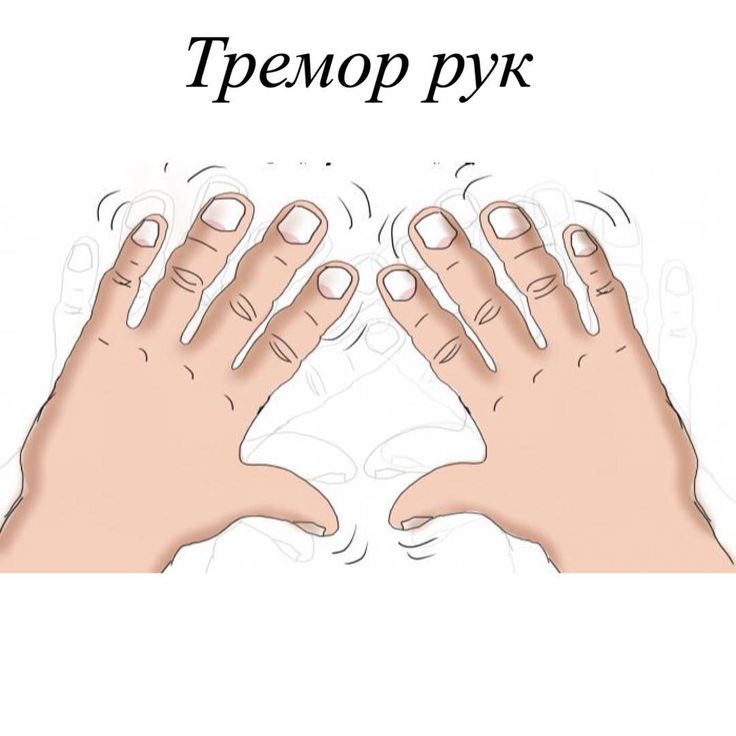 However, it is not. We cannot control many things when we feel anxious, but we can always influence our breathing. Start by keeping a close eye on him. Take a deep breath in through your nose, hold your breath and exhale through your mouth, hold your breath again. Slowing down your breathing will help stop the rush of stress hormones and reduce trembling. Find your comfortable breathing rate and repeat 10-20 times. And you will gradually feel how your body calms down and the trembling gradually disappears.
However, it is not. We cannot control many things when we feel anxious, but we can always influence our breathing. Start by keeping a close eye on him. Take a deep breath in through your nose, hold your breath and exhale through your mouth, hold your breath again. Slowing down your breathing will help stop the rush of stress hormones and reduce trembling. Find your comfortable breathing rate and repeat 10-20 times. And you will gradually feel how your body calms down and the trembling gradually disappears.
Instagram: @frida_aasen
2. Meditate for 1-2 minutes
Even a minute or two of meditation can help you relax and relieve stress. Moreover, such a simple meditation technique, how to follow the cool air that you inhale deeply and the exhaled stream of warm air, gives a greater sense of calm to the body.
You can put your hand just above your heart and slowly stroke yourself up with each inhalation and down with each exhalation. This will allow the nervous system to release oxytocin, which will reduce the concentration of stress hormones.
If your child or someone close to you has a nervous trembling, hug them and breathe with them, or stroke them slowly on the back or from shoulder to elbow while inhaling slowly up and down slowly with a deep exhalation.
Instagram: @gisele
3. Practice rhythmic movements or steps
The release of adrenaline stored in the body will help reduce nervous excitement. Any physical exercise will help discharge the adrenaline rush, and steps or rhythmic movements can easily be done almost anywhere. If you are safe and have the opportunity to go outside, do it, because the practice of deep breathing fresh air while walking and the rhythm of your steps act as a double calming.
Tags: ukraine2022, war in Ukraine
Advertising
Popular content
Military fashion: a collaboration between a soldier and representatives...
“I continue to implement educational projects so that our.![]() ..
..
Show your personality: Carolina Fernandez in a new...
Featured Materials
Relations / Psychology
Why do we want to abandon social networks during the war? Psychologist tells
Lifestyle / Blog lifestyle
10 Ukrainian films that deserve attention
Lifestyle / Poster
Cult guide: what to visit in November 2022
People / News
Sewing of military uniforms in accordance with female physiology was launched for Ukrainian female soldiers
Relations / Psychology
7 Ways to Live Emotions Constructively
People / News
How Ukrainian female soldiers protect our country and save lives on the front lines: 12 impressive stories
Anxiety Trembling: Causes and Treatment
od Jakub
contents
Anxiety and Trembling
Anxiety and worry are emotions that everyone experiences at some point. Approximately 40 million American adults (over 18 years of age) suffer from anxiety disorders.
Approximately 40 million American adults (over 18 years of age) suffer from anxiety disorders.
Anxiety may cause other symptoms, such as:
- muscle tension
- difficulty concentrating
- increased heart rate
- uncontrollable shivering or chills
. Sometimes losing control of your body during anxiety can quickly escalate into other symptoms.
This article will look at the relationship between trembling and anxiety and give some ideas on how to treat this symptom.
Panic disorder
Panic disorder and the anxiety that leads to an attack have some features in common, but they are not the same condition. Both conditions can lead to physical symptoms that you can't control, including chills and "shaking".
If you have generalized anxiety disorder, common situations can make you feel very afraid. You may find it difficult to concentrate. You may also feel that your mind is going blank as your thoughts are dominated by fear and anxiety.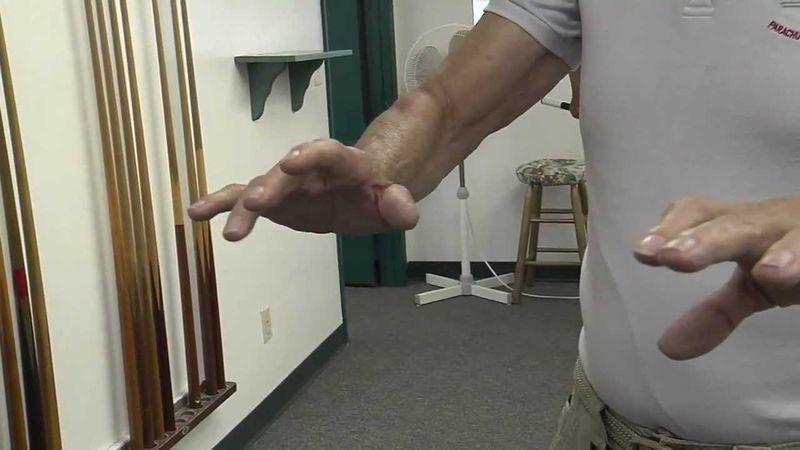 In addition, your anxious thoughts may be accompanied by headaches, muscle and other pains that you cannot explain.
In addition, your anxious thoughts may be accompanied by headaches, muscle and other pains that you cannot explain.
Panic attacks do not always have a clear cause. When you have panic attacks due to a specific trigger, it's called an expected panic attack. This means they are a bit predictable. The symptoms of a panic attack may be noticed and recognized by someone else, while the symptoms of anxiety occur mostly in your mind and can be harder to spot.
When you are very anxious, it can cause physical symptoms. Perceived stress, danger, and high levels of emotion usually trigger anxiety. Anxiety can lead to panic attacks, but not always. Similarly, a panic attack does not mean that you have an anxiety disorder.
Trembling and shivering
When your body is under stress, it fights or runs away. Stress hormones flood your body and speed up your heart rate, blood pressure, and breathing.
Your body prepares to deal with stress by interpreting anxiety as a signal to stay on the ground or avoid danger.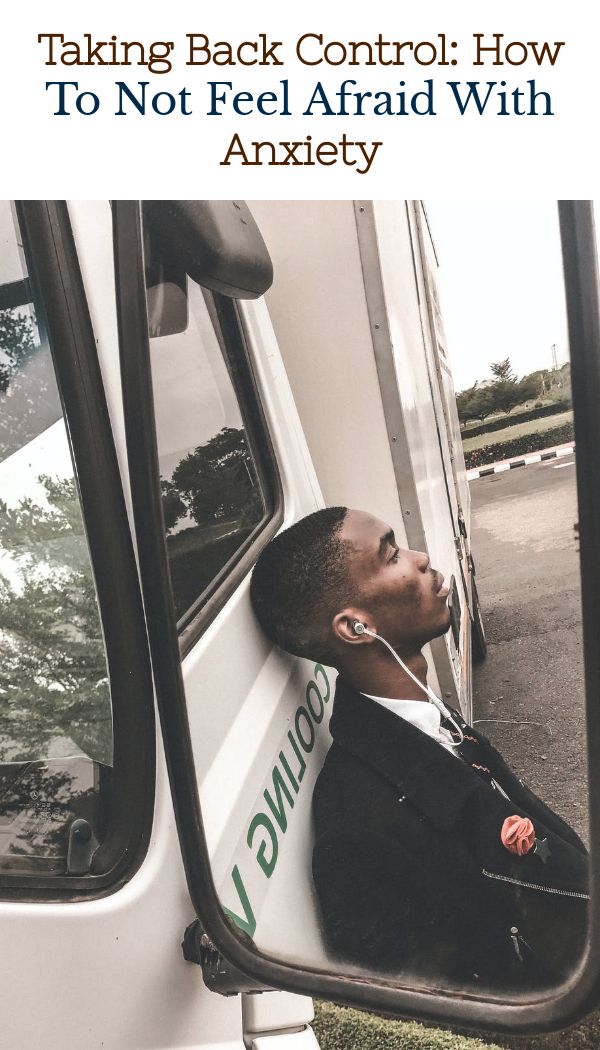 Your muscles become prone to action, resulting in shaking, twitching, or shaking. Tremor caused by anxiety is called psychogenic tremor.
Your muscles become prone to action, resulting in shaking, twitching, or shaking. Tremor caused by anxiety is called psychogenic tremor.
Other symptoms
Other symptoms of anxiety and panic disorder include:
- difficulty concentrating on anything other than anxious thoughts
- fatigue and muscle aches
- headaches or migraines
- nausea, vomiting
- rapid breathing
- excessive sweating
- feeling tense, irritable, and on edge
How to stop shaking
Once you admit that you are having a panic or anxiety attack, managing your symptoms can make them last longer.
The most effective strategy to stop trembling from panic or anxiety is to put the body into a relaxed state. Some techniques will help you calm down.
- Progressive muscle relaxation. This technique focuses on contracting and then relaxing different muscle groups. This can be done in tandem with deep breathing.
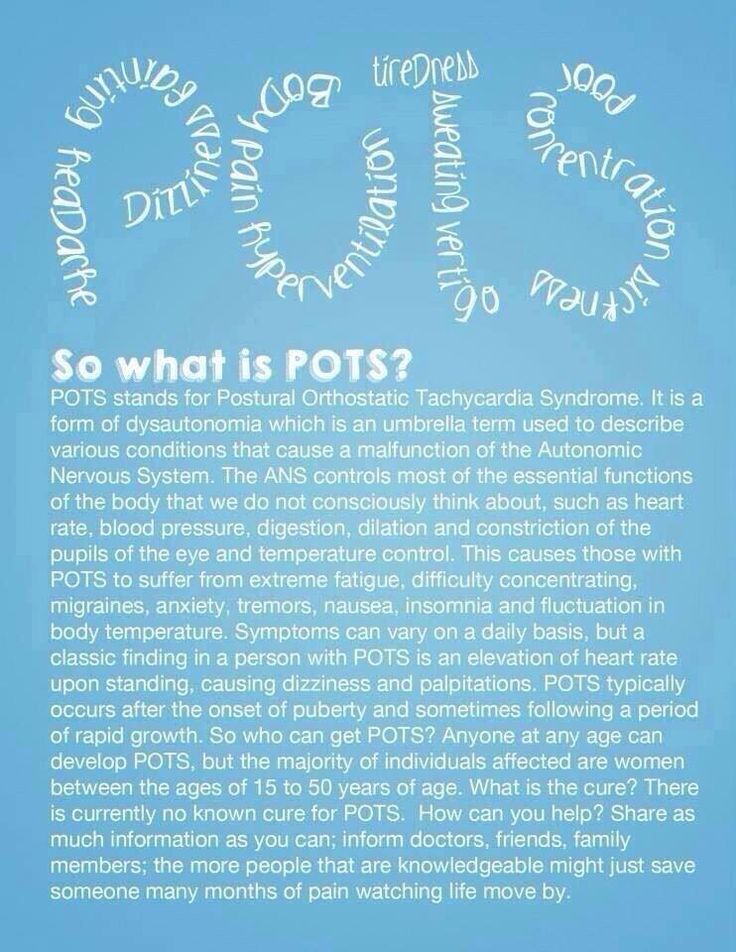 The purpose of practicing this technique is to relax the body. This will help keep you from shivering.
The purpose of practicing this technique is to relax the body. This will help keep you from shivering. - Yoga posture. Baby poses and greetings while walking will help regulate your breathing and calm your body. Regular yoga practice has been shown to reduce anxiety symptoms.
- Preventive exercises. Exercises that include meditation can also help prevent trembling. Attentive facilitators who will guide you through 5-10 minutes of awareness and relaxation. They can be found on apps like Headspace and online.
Practicing these techniques when you are not in a state of panic or anxiety will make them more effective when you need to use them.
Other treatments
Long-term solutions for people with anxiety or panic disorder may include medication and help from a licensed therapist or psychiatrist. Several therapies can help you identify the triggers for your anxious thoughts and feelings. This includes:
- cognitive behavioral therapy
- talking therapy
- Eye Movement Desensitization and Reprocessing (EDMR) therapy
If you have frequent anxiety or panic attacks, you should talk to your doctor about treatment options.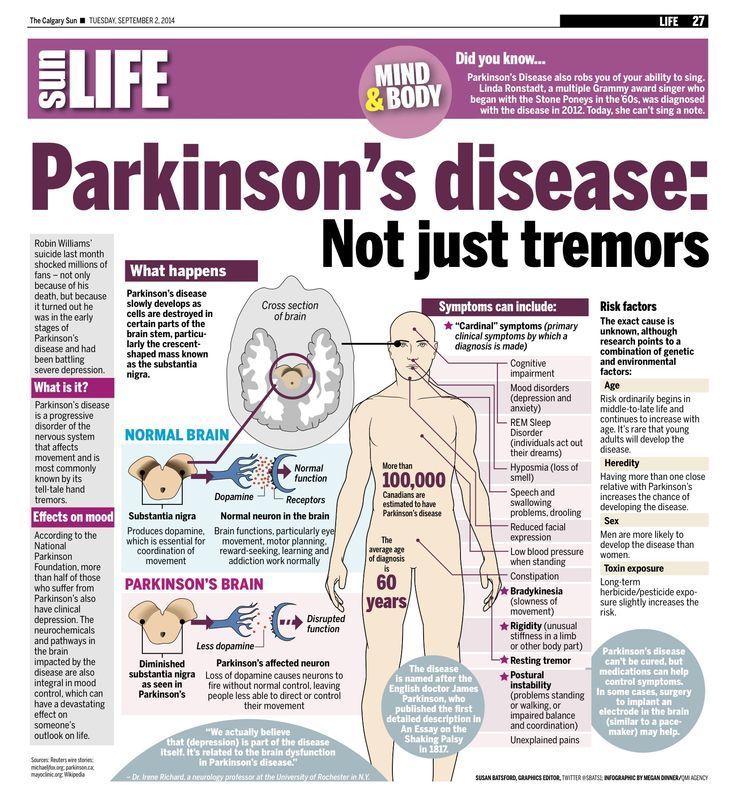 This includes:
This includes:
- Benzodiazepines. These are medicines that help to relax the mind and calm the body. Alprazolam (Xanax), chlordiazepoxide (Librium), and clonazepam (Conini) are examples of drugs in this class used for short-term relief of anxiety and panic attacks. Both physicians and patients should be aware that benzodiazepines are associated with a risk of tolerance, dependence, and dependency.
- Selective serotonin reuptake inhibitors (SSRIs). This is one of the classes of drugs that can be prescribed for long-term treatment. Escitalopram (Lexapro), fluoxetine (Prozac), and paroxetine (Paxil) are examples of this type of medication commonly prescribed to treat depression and anxiety.
- Monamine oxidase inhibitors (MAOIs). MAOIs are used to treat panic disorders, but they can also affect anxiety. Examples of drugs of this type are dicarboxamide (Marplan) and tranylcypromine (Parnate).
Alternative therapies, such as herbal teas and supplements, may reduce anxiety and panic attacks in some people.